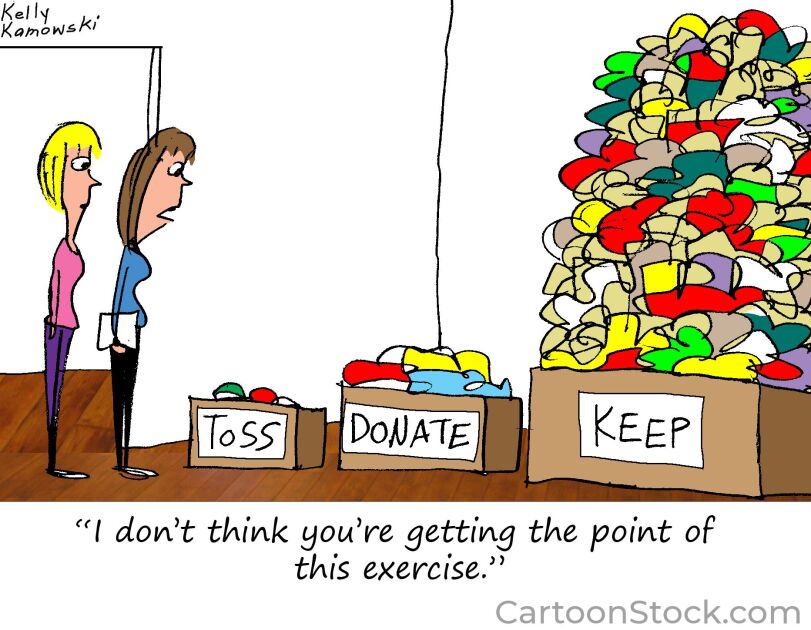A few minutes into a lesson on decimals, Nikki Johnson asked her 4th graders at Westside Elementary School to name the fraction that represented the shaded area on a grid she displayed on a PowerPoint slide. Within a few seconds, Johnson could tell which of her 23 pupils knew the answer without a single student raising a hand.
The children at the Idaho Falls, Idaho, school entered their answers into an electronic-response system, giving the teacher immediate feedback. After expanding on the lesson, Johnson asked additional questions. The students clicked in their answers using hand-held remote devices, and an analysis of the responses then showed up on colored graphs on Johnson’s desktop.
“I love the idea of this system because it uses interactive technology to promote a risk-free environment for all students to participate in learning,” Johnson wrote in an e-mail. “Incorporating the student-response system in my classroom encourages students to stay actively engaged in lessons. ... As a teacher, I know if my lesson objectives are being met during the delivery of the lesson instead of waiting until an assessment has been administered.”
Student-response systems, which equip students with portable devices known as clickers, are becoming a popular tool for elementary and secondary classrooms after years of use in college lecture halls. The clickers, which look a bit like electronic garage-door openers, feature buttons with numbers or letters that correspond with answers to multiple-choice questions from the teacher.
If the responses show that students have not understood a part of the lesson, the teacher can reteach the concept or have students collaborate on finding the right answer.
Clickers are useful tools for answering the question all teachers have: who gets it and who doesn’t, says Douglas Duncan, a professor of planetary science at the University of Colorado at Boulder and the author of the booklet Clickers in the Classroom: How to Enhance Science Teaching Using Student Response Systems.
“Everyone who has ever taught, who’s conscientious, wants to know what the students are thinking,” he says. “[But] if anyone is going to raise a hand in class, it’s usually the better students.”
The clickers allow teachers to get feedback from all students, shy and precocious alike, Duncan points out. Moreover, he adds, when every student is expected to participate, they all are more likely to be engaged in the lesson.
‘Real Teaching’
Still, some experts say the technology may not be as effective with the relatively small groups of students in school classrooms as they have proved to be in large college lecture halls.
That’s what Michael Matassa concluded after using clickers in his math classes in Colorado’s Boulder Valley school district.
Matassa, a math specialist for the 28,500-student district, found that clickers were effective in keeping students’ attention on a lesson. But after using them for a while, he found the devices to be more of a novelty than a substantive learning tool.
“I can still have the same discussions without the clickers,” Matassa wrote in an e-mail. “The clickers do create a safe environment for students to respond, but the limited response formats narrow the information that a teacher is able to receive from students.”
Many of his colleagues in the district, however, have been more enthusiastic about the gadgets. After a pilot study of middle school math classes found a test-score bump for students who used the clickers in well-planned lessons, the Boulder Valley district bought sets of the devices for all math and science classes in its 12 middle schools and began yearlong training sessions for teachers.
Some of the district’s high schools and several elementary schools have purchased clickers as well.
“In our pilot [study], we found that clickers were really connected with real teaching, involved all students in learning, and had unique assessment applications,” says Len Scrogan, the district’s instructional technology director.
“We have some astute, powerful, and wonderful teachers who don’t want to use them,” he adds. “But we also have some powerful and amazing teachers who use them, and it makes them even better.”







